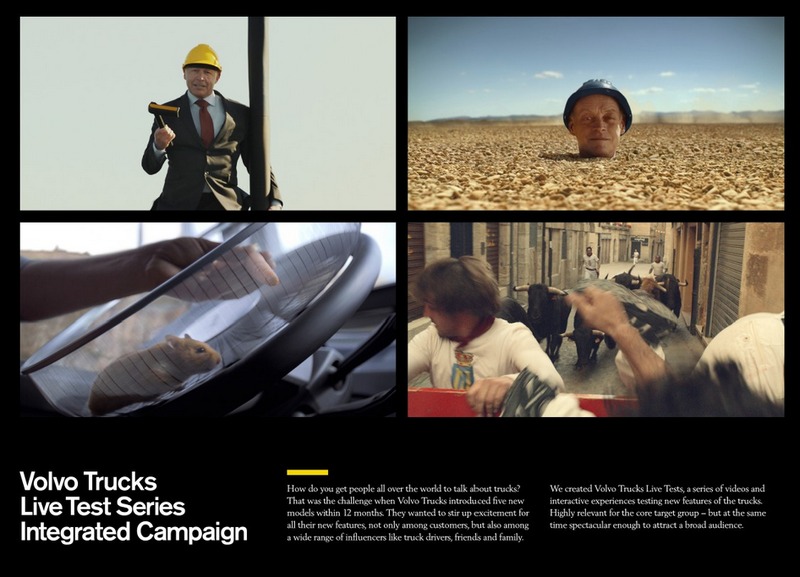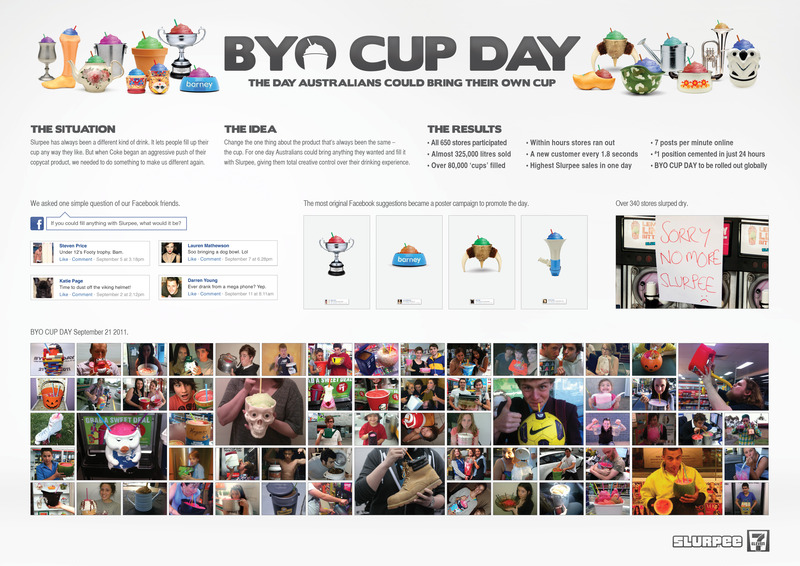It's already autumn. This year feels like it cooled down a bit earlier than usual, but it's also the time when bodies that endured the intense heat start to protest. This surge of summer fatigue upon entering autumn is called "autumn fatigue." It's the backlash from overdoing it, or the unnoticed strain we've been carrying, surfacing as problems when the cooler weather makes us relax our guard. While physical health is important, we also need to watch our mental state. Even the most driven workaholics can get hit by an autumn chill and suddenly find themselves pondering, "Why am I working again?" Yeah, yeah, totally relatable. Even I, who've always enjoyed an upward trajectory since joining the company, occasionally feel that way. It happens during strategic PR meetings where clients' various departments participate cross-functionally, and I witness everyone criticizing each other's activities or shifting blame around. That's when I get "super bummed out."
As I've written before, strategic PR is often deployed when redefining a product or service's value or approaching a new target audience. Clients invest heavily, leading to joint meetings involving multiple departments. But since marketing strategy often takes center stage, the lead department is usually Marketing or Business Operations, while PR and advertising departments sometimes participate in a more passive role. This can lead to situations where the PR department gets criticized by Business Operations, with comments like, "We need you to be more proactive about promoting our products!" (This is based on past experiences – not every meeting is like this! Sorry!).
Naturally, sensing this atmosphere, the PR department might adopt a slightly defensive stance, thinking, "If they complain, we'll fire back!" or "Releasing a regular product like this won't make the news anyway!" (*Again, this is based on some experiences... same as above). From our third-party perspective, this mutual resentment between departments becomes painfully obvious. Then you start feeling down, thinking, "We're all part of the same company, so I wish they'd get along better~. It's our own PR, after all... Who am I even working so hard on this project for?" Yeah, it's not the season, it's the meeting atmosphere that gets you down.
Strategic PR involves discovering, extracting, and refining PR material at various stages—from product development and marketing strategy to promotional tactics, product facts, and the surrounding social environment. While a cross-functional team is ideal, it's meaningless if they just clash. Information that seems routine to one department can spark a chemical reaction when another department sees it and thinks, "Hey, that's interesting!" Providing that "Huh, I never thought of it that way!" perspective is our role as PR professionals. Connecting these internal silos and fostering organic, proactive information sharing is arguably the first step in strategic PR, making this team-building effort critically important. The larger the corporation, the thicker these departmental walls tend to be. Yet, more companies are seeing top management issue directives to break them down, and we're increasingly hearing about moves like consolidating advertising and PR under the same executive. In this sense, the PR department is now expected to play a significant role not only in traditional corporate communications but also in product communications. Therefore, I'd like to introduce several perspectives we should incorporate going forward, based on the idea that information dissemination contributing to marketing can yield substantial results with the right PR ingenuity (Wow, here comes the main topic!).
Try creative expressions that highlight your USP!
Typically, corporate communications professionals prioritize conveying facts as they are. While information must be free of embellishment, skillfully using metaphors to explain benefits and foster deeper understanding is both necessary and something we should actively pursue. Conversely, it should be fun to constantly consider what forms of expression best highlight the features of products or services. Crucially, how we convey the company's stance and values through this is key. Beyond mass media, we should also try brainstorming ideas for creating topics and opportunities that a broad target audience will want to talk about, from a word-of-mouth perspective.
Reference Examples
■Mercedes-Benz "INVISIBLE DRIVE" (From Cannes Lions 2012)

A campaign featuring Mercedes-Benz's zero-emission vehicles.
Zero emissions means no carbon dioxide emissions. However, "nothing," or "zero," is actually difficult to express. To convey "invisibility," they created the experimental "Invisible Car." This car featured LED panels covering one entire side of the body, displaying images from a camera mounted on the opposite side, making it appear as if the car had vanished. They drove this car through city streets, eliciting surprise from passersby. Interest in the "invisible car" led people to wonder, "Why would they do that?" and ultimately succeeded in guiding them to understand Mercedes-Benz's philosophy of car manufacturing.
■VOLVO TRUCKS "LIVE TEST SERIES" (From Cannes Lions 2014)

A launch campaign for Volvo Trucks' new models. To showcase five new features—robustness, maneuverability, steering, etc.—they conducted symbolic live tests for each and filmed them.
Action star Jean-Claude Van Damme performs a split between two trucks, demonstrating their stability, while footage of a hamster operating the steering wheel highlights its lightness. The campaign generated buzz not only among the main target of truck drivers but also among business owners, consultants, and drivers' families, achieving its goal of "first entering the consideration set." The video surpassed 100 million views on YouTube and achieved a solid 46% increase in purchase consideration rates among truck buyers.
A mechanism to create re-engagement opportunities and increase usage frequency, breaking through existing perceptions
New products often have facts aligned with current social trends, but promoting long-selling items becomes challenging. Even popular products can lose consumer contact for extended periods. Once consumers drift away, that state becomes normalized. Accumulated preconceptions like "Oh, that's what it tasted like" or "That's only good for that specific product" often lead to thoughts like "I'm bored with it anyway," hindering new engagement. While promotion plays a role, I believe even public relations-style information dissemination requires various creative approaches to spark renewed consumer engagement. Furthermore, mechanisms to increase usage frequency should be continuously provided in collaboration with sales promotion teams. Here, let's explore examples of creating new engagement scenarios.
Reference Examples
■Hellmann's "RECIPE RECEIPT" (From Cannes Lions 2012)

A campaign by Brazil's Hellmann's brand to increase mayonnaise usage frequency.
A campaign to help people who mainly use mayonnaise for sandwiches discover broader applications and increase usage frequency. At supermarkets, the system recognizes ingredients purchased together at checkout. It then combines these items and prints a recipe featuring mayonnae on the back of the receipt during checkout.
By providing recipes that consumers could try immediately with their purchased ingredients, not just pre-planned ones, it also promoted the effective use of leftover ingredients.
■UNILEVER "Love it. Hate it. Just don't forget it." (From Cannes Lions 2014)

Marmite is an essential spread for breakfast toast in the UK. While unfamiliar to many Japanese, its intense smell and taste divide opinions, often sparking debates about "just how bad it tastes." Though some say it becomes addictive once you try it, its limited uses mean opened jars are often forgotten, tucked away in cupboards or the back of the fridge.
To rescue these forgotten jars, the fictional "Marmite Rescue Squad" stepped up. This campaign treated abandoned Marmite jars in homes like lost pets, seeking them out and protecting them. The ad message—"It doesn't matter if you love it or hate it. What we can't stand is being forgotten!"—served as a reminder of its ever-present presence.
■Coca-Cola "FRIENDSHIP MACHINE" (From Cannes Lions 2011)

Created for Argentina's "Friendship Day," this exceptionally tall vending machine dispensed two Coca-Colas for the price of one. The coin slot was impossibly high for one person to reach alone. But since it was Friendship Day, two people could easily get two Cokes by cooperating—like giving each other piggyback rides.
This clever idea creates an opportunity to buy Coca-Cola again, focusing less on taste and more on the fun of the purchasing situation. The goal is for people to think, "Ah, it's been a while, but this is delicious!"
Similarly, the "SHARE A COKE" campaign (from Cannes Lions 2012), which printed the most common names in the country on Coca-Cola bottle labels, is another great reference for creating opportunities. It entices people to pick up the product with the joy of thinking, "My very own Coke!"
■7-Eleven "BYO CUP DAY" (Cannes Lions 2012)

7-Eleven offered a special one-day service: their "Slurpee" (a sherbet-like carbonated drink) could be enjoyed in any container (of any size) for the price of a regular M-size. Seizing the moment, people rushed to stores with all kinds of containers. Some brought large containers like kettles and buckets for serious consumption, while others brought quirky items like mannequins, guitars, aquariums, or shoes to post on social media.
This isn't just a service for consumers wanting large quantities; it's more about creating a "Let's try it!" opportunity for re-engagement. Especially since it's the kind of thing people want to tweet or post about, right?
Now is the time to fuse corporate communication with
marketing communication!
In the previous and current installments, I've written about the mindset and areas corporate PR departments should focus on moving forward. This stems from my visceral sense that now is precisely the moment when the role of corporate PR departments is expected to significantly expand. Now is the time to leap beyond traditional responsibilities, actively engage in areas like marketing communications, and leverage the media perspective cultivated over time. I believe this is also a chance to truly experience that shift. I believe the PR department is uniquely positioned to break out of its shell and dive into new territories. It might sound meddlesome, but it's a role that can speak up about anything. There are numerous ways to leverage this duality: changing consumers' perceptions of the company to gain more fans, or conveying the company's intentions and raison d'être through products – points of contact closer to consumers.
This time, we referenced Cannes Lions award-winning work to introduce various case studies. When viewed within the solution-oriented categories, these examples tend to be judged solely on the precision of their planning, the uniqueness of their ideas, or the novelty of their technology. Especially for PR practitioners, examining these award-winning pieces can often leave them feeling distant or outside their domain. However, today's standard for evaluating all activities is the final outcome. It's now common practice to deploy the optimal solution in an integrated form, without fixating on the specific methods used. And, in fact, the PR department has the potential to become the pivotal hub that contributes most significantly to integrating these various solutions. Isn't it the most innovative and appropriate approach for PR to connect diverse methods by leveraging timing and context? With that spirit in mind, I would be delighted if you could actively voice your thoughts at the next meeting.








